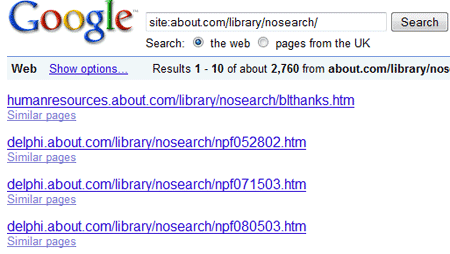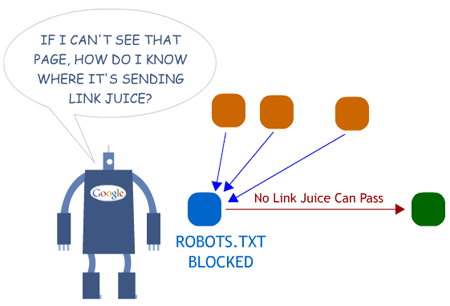http://kbookmarking.com/
http://kbookmarkuse.com/
http://kbookmarkus.com/
http://kbookmarkapp.com/
http://kbookmarkon.com/
http://kbookmarkseo.com/
http://kbookmarkpro.com/
http://kbookmarkall.com/
http://kbookmarkalerts.com/
http://kbookmarknow.com/
http://kbookmarkface.com/
http://kbookmarkit.com/
http://www.kbookmarkt.com/
http://kbookmarkme.com/
http://kbookmarkgo.com/
http://kbookmarklife.com/
http://freebookmak.com/
http://bookmarklab.com/
http://asthasolutions.com/
http://dmoptions.com/
http://kmoptions.com
http://voogag.com/
http://fourpatti.com/
http://kbookmarkfree.com/







